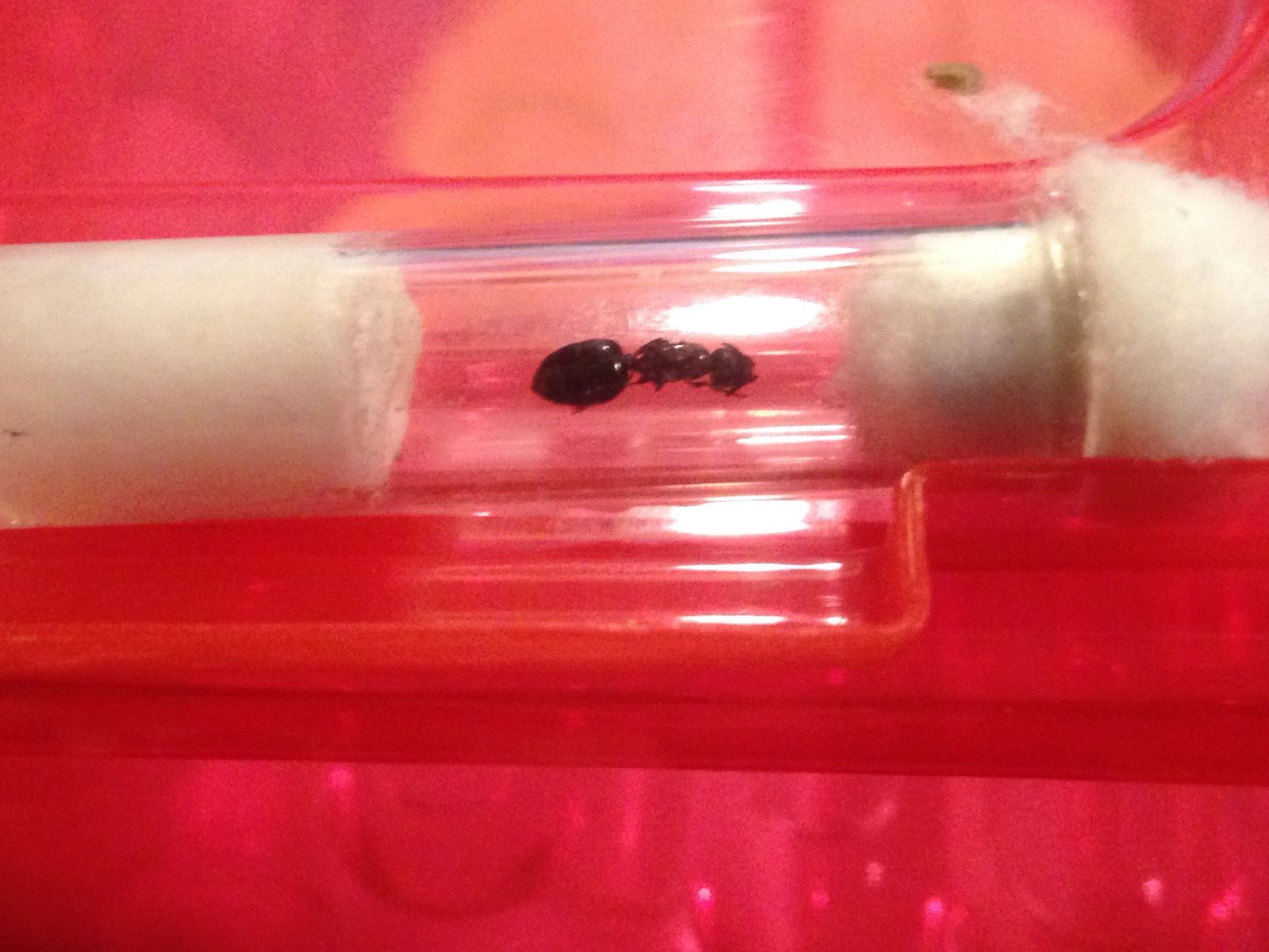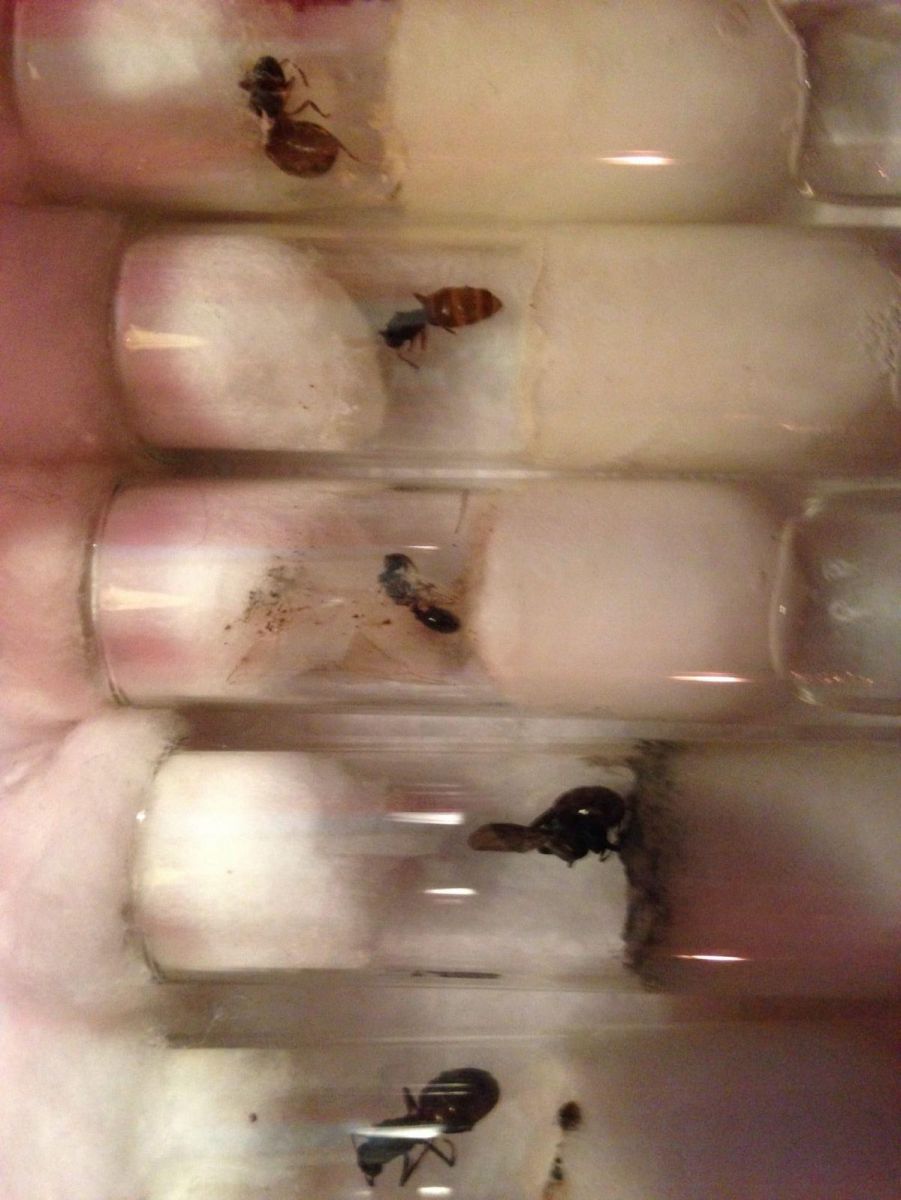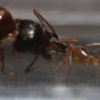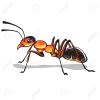Good morning all!
I recently took my queens/colonies out of hibernation. I had all the ants stored in a plastic tote in a unheated storage space from mid-October to a week ago. My concern is most of my queens (Lasius, Crematogaster, and some Formica) have not recovered and are not moving legs or antennae. However, my Camponotus, Temnothorax colonies, and two of my Formica queens recovered within 2-3 days. Since I live in Maine, the temperature dropped close to 0 degrees F on a few occasions when I checked on my 'hibernation vault' that I had wired with a terrarium thermometer. I would appreciate any input.
Thanks!






















